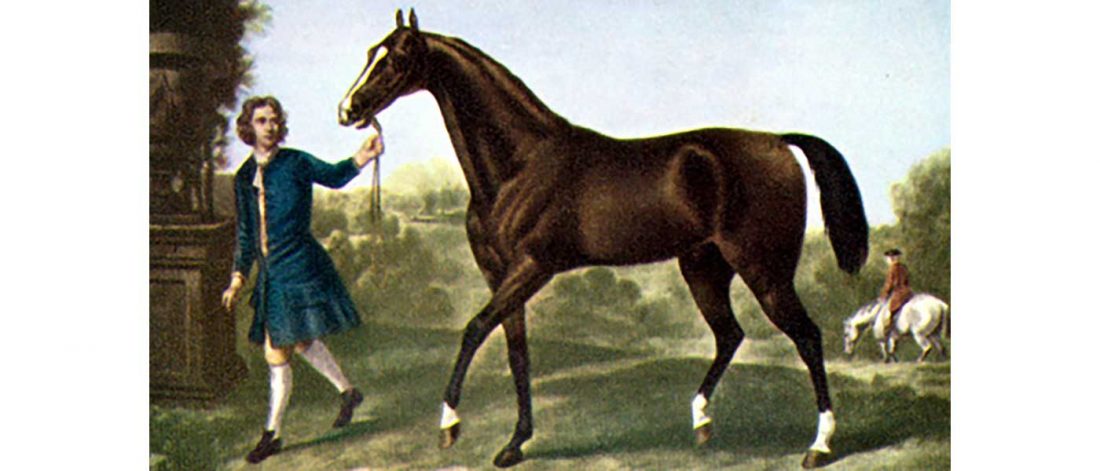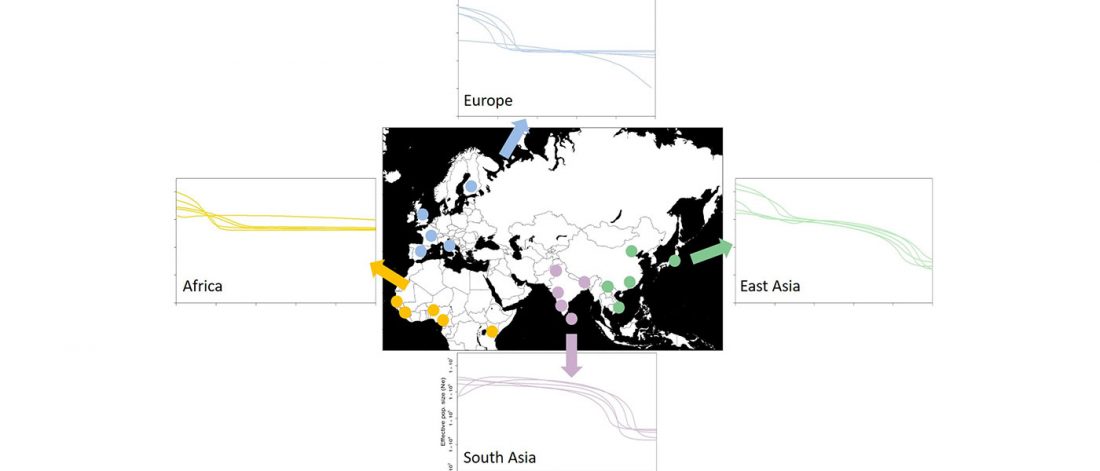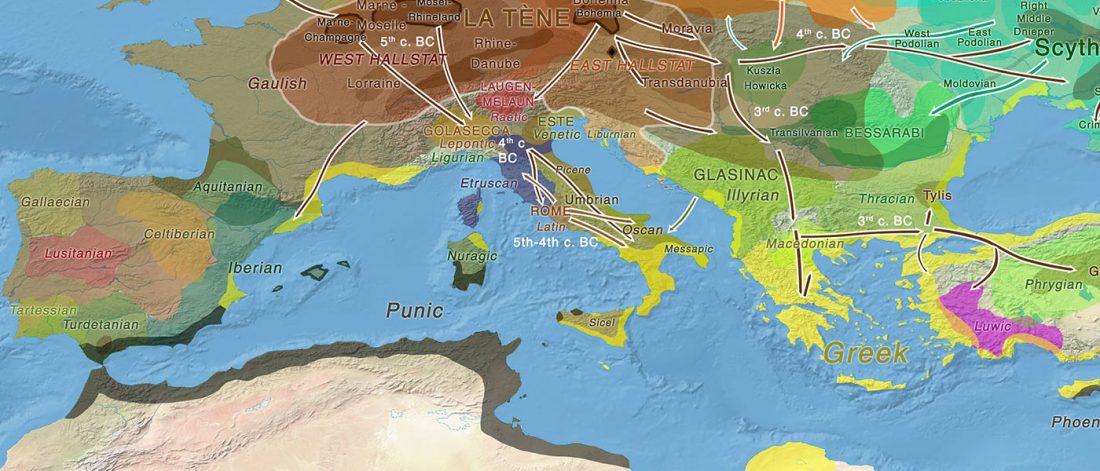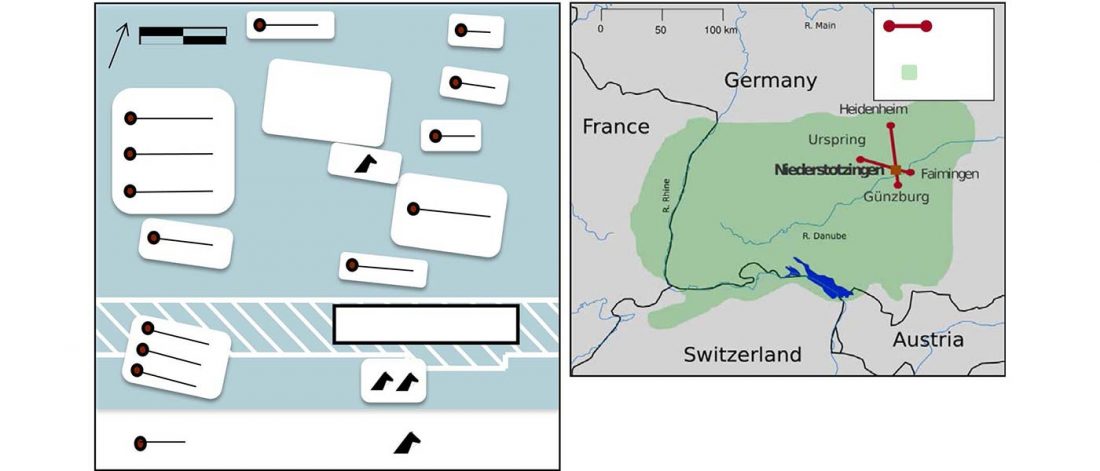I will post information on ISBA 8 sesions today as I see them on Twitter (see programme in PDF, and sessions from yesterday).
Official abstracts are listed first (emphasis mine), then reports and images and/or link to tweets. Here is the list for quick access:
- Exploring the genomic impact of colonization in north-eastern Siberia
- Ancient DNA from a Medieval trading centre in Northern Finland
- Plant resources processed in HG pottery from the Upper Volga
- Bronze Age population dynamics and rise of dairy pastoralism in Mongolia
Russian colonization in Yakutia
Exploring the genomic impact of colonization in north-eastern Siberia… Read the rest “Neolithic and Bronze Age Anatolia, Urals, Fennoscandia, Italy, and Hungary (ISBA 8, 20th Sep)”







